This post originally appeared on the Association for Baltimore Area Grantmaker’s Blog, Adventures in Philanthropy, on January 12, 2015: http://towncreekfdn.org//ht.ly/HkmfS
By Rebecca Ruggles, Director, Maryland Environmental Health Network
“We’ve always felt that as grantmakers, it is our responsibility to smartly deploy the full range of resources at our disposal, including grantmaking, communications, convening, and connecting. Like most grant makers, we’ve paid considerably more attention to grant making than we have to the other avenues for impact.”
With these opening words, Stuart Clarke framed the Town Creek Foundation’s stakeholder meeting on November 14, 2014 in Easton. Drawing over 100 Town Creek grantees and partners together was a deliberate investment – and Stuart might have said, an experiment – in exploring those “other avenues for impact”.
Town Creek, headquartered on the Eastern Shore, made the bold decision in 2011 to sunset in ten years. Among their reasons was a sense of urgency about achieving major gains in the areas of their investment – the restoration of the Chesapeake Bay, fighting climate change, and promoting environmental sustainability. Citing that sense of urgency, the foundation convened what it called its First Annual Stakeholder Meeting at Chesapeake College.
As a Town Creek grantee, I had the pleasure of being among those whom Stuart tapped for advice as he planned the event. As an ABAG employee, I was also interested to see how a foundation that is spending up uses its “other avenues for impact”. ABAG members in attendance included staff from the Chesapeake Bay Trust, Keith Campbell Foundation, Abell Foundation and Baltimore Community Foundation.
After the intense social buzz of morning coffee, Town Creek President Jennifer Stanley opened the formal program with welcoming remarks and urged us to participate actively. The morning featured a keynote from University of Maryland professor emeritus Gar Aperovitz followed by lively audience dialogue. After lunch, small groups met to address questions posed by Stuart and then convened together as a full group to report out.
One part of the morning was an overview of Town Creek grantmaking philosophy and practice, presented by Stuart Clarke and Meredith Lathbury Girard. Stuart’s remarks, which I had the opportunity to read in advance, offered a framework for viewing environmental work as both transactional (rooted in the politics of what is possible in the present) and transformational (working at what Stuart called “the scale of the problem”, instead of the scale of what politics allows).
Though he claims no plans to publish, I asked Stuart to allow us to post his remarks on the ABAG website. If you are a student of philanthropy, an environmentalist, or a grantmaker concerned that incremental change is not enough, you may find this paper intriguing. The paper also offers insight into the thought process of a foundation in its final 7 years.
To attendees, Stuart posed the question: Can we address Maryland’s pollution challenges by changing practices while leaving unchanged the structures that allowed that pollution? A provocative question, it stimulated much discussion during the afternoon’s small groups about the role of Town Creek, of funders in general, and of the diverse sectors in Maryland that seek to be change agents.
Lynn Heller from the Abell Foundation tackled the daunting task of summarizing the reports from the small group facilitators. Among the conclusions were a resounding desire to be enabled to work “at the scale of the problem” through changes in grant-making practices that address building grantees’ organizational capacity, investing long-term, and supporting ambitious approaches to the root causes of societal woes.
The Maryland Environmental Health Network convenes diverse stakeholders in the fields of health and environmental advocacy, research, and community activism, to support cross-sector education, dialogue and action that results in better protection of both human health and the environment. MdEHN is a project housed at the Association of Baltimore Area Grantmakers (ABAG).

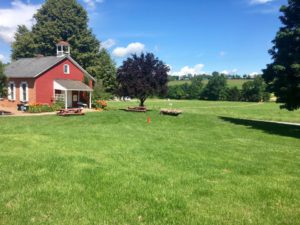
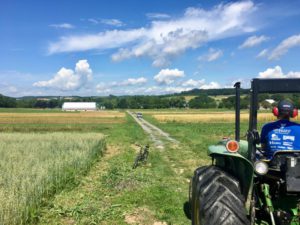
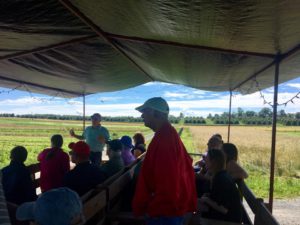
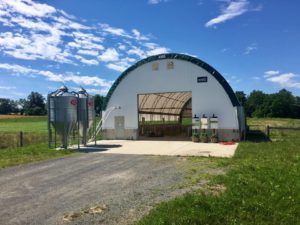
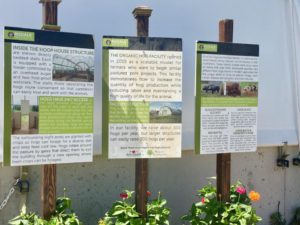

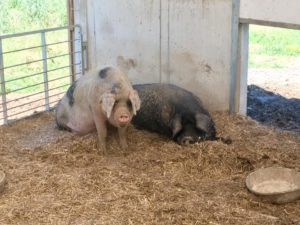
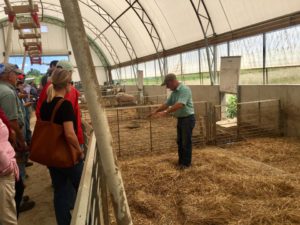
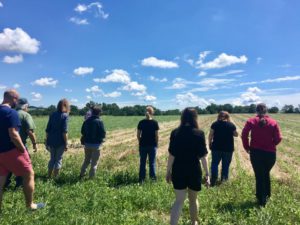
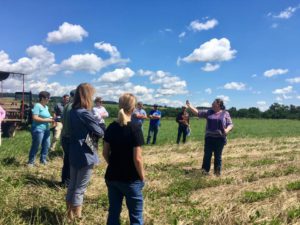
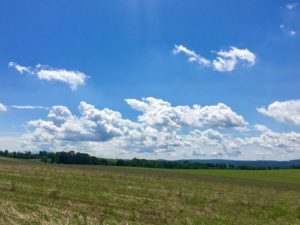
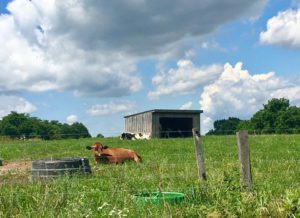
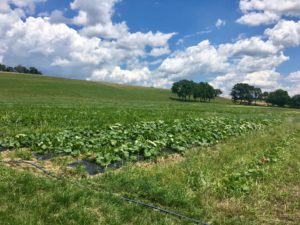
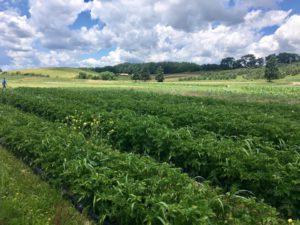
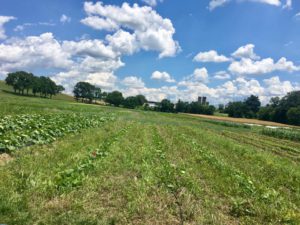
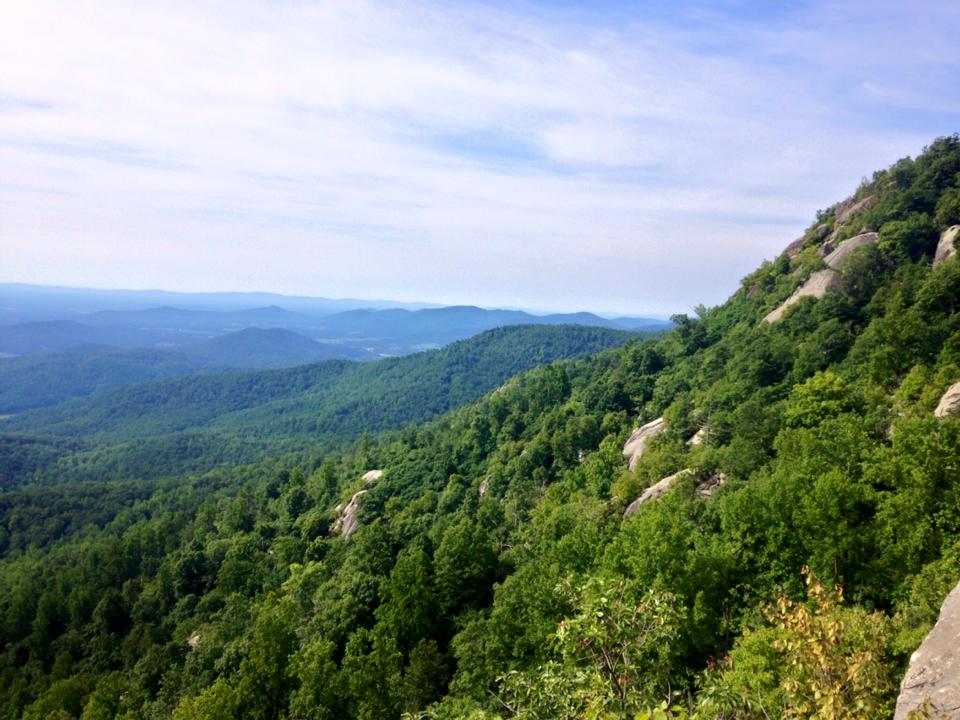

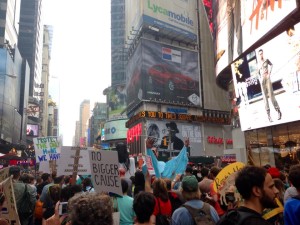
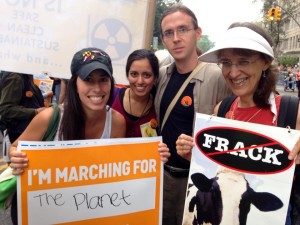
![picstitch[3]](http://towncreekfdn.org/wp-content/uploads/2014/05/picstitch3-1024x1024.jpg)
![picstitch[4]](http://towncreekfdn.org/wp-content/uploads/2014/05/picstitch4-1024x1024.jpg)
![picstitch[5]](http://towncreekfdn.org/wp-content/uploads/2014/05/picstitch5-1024x1024.jpg)